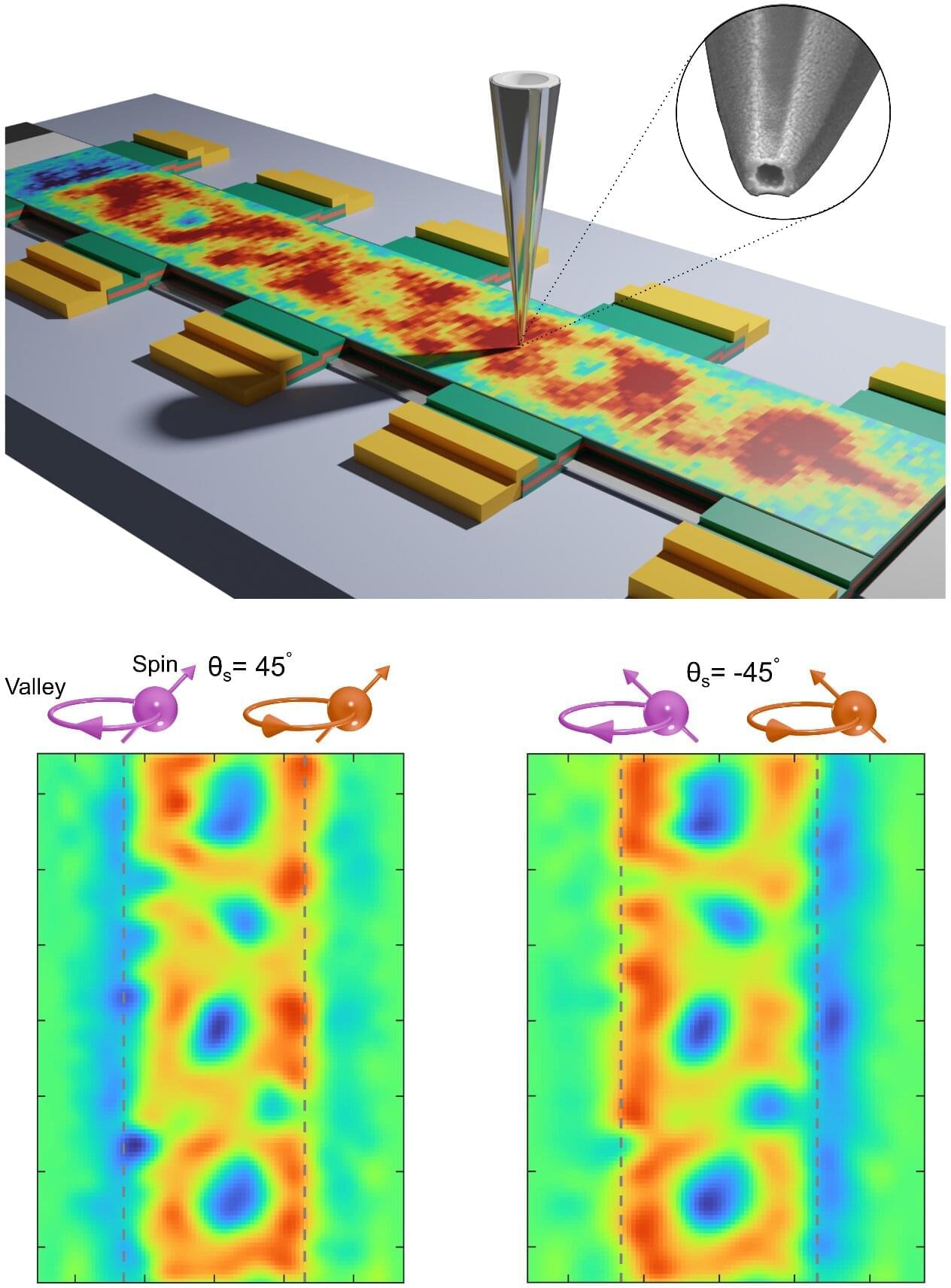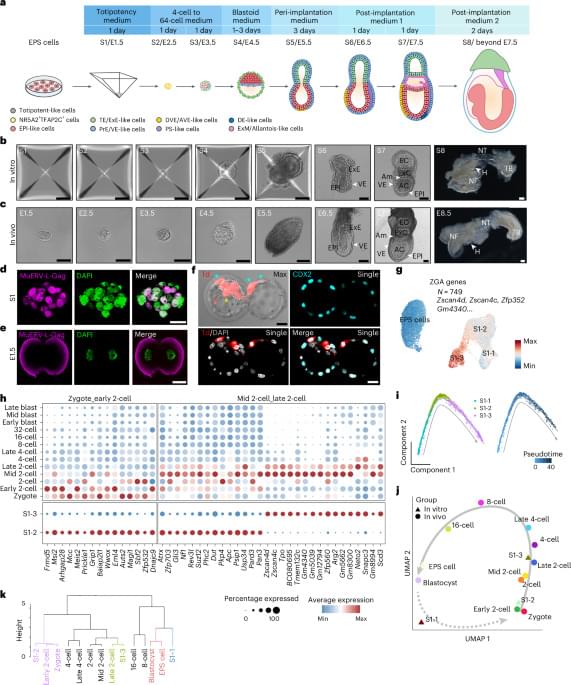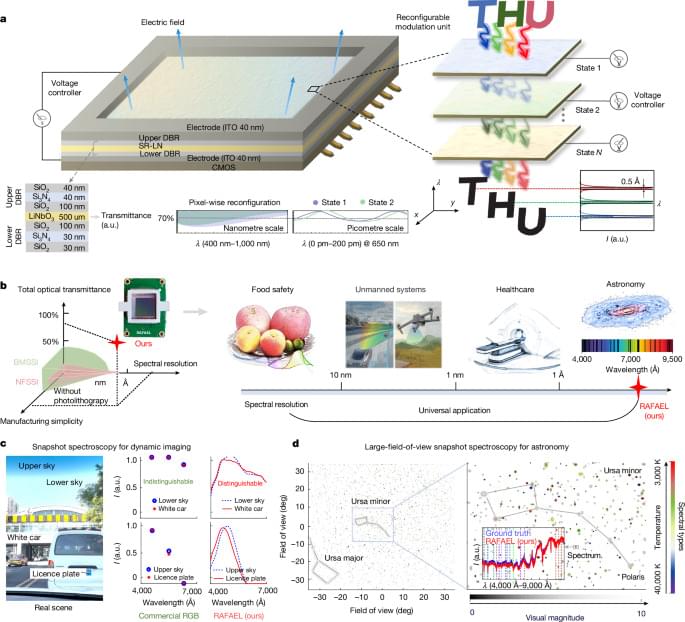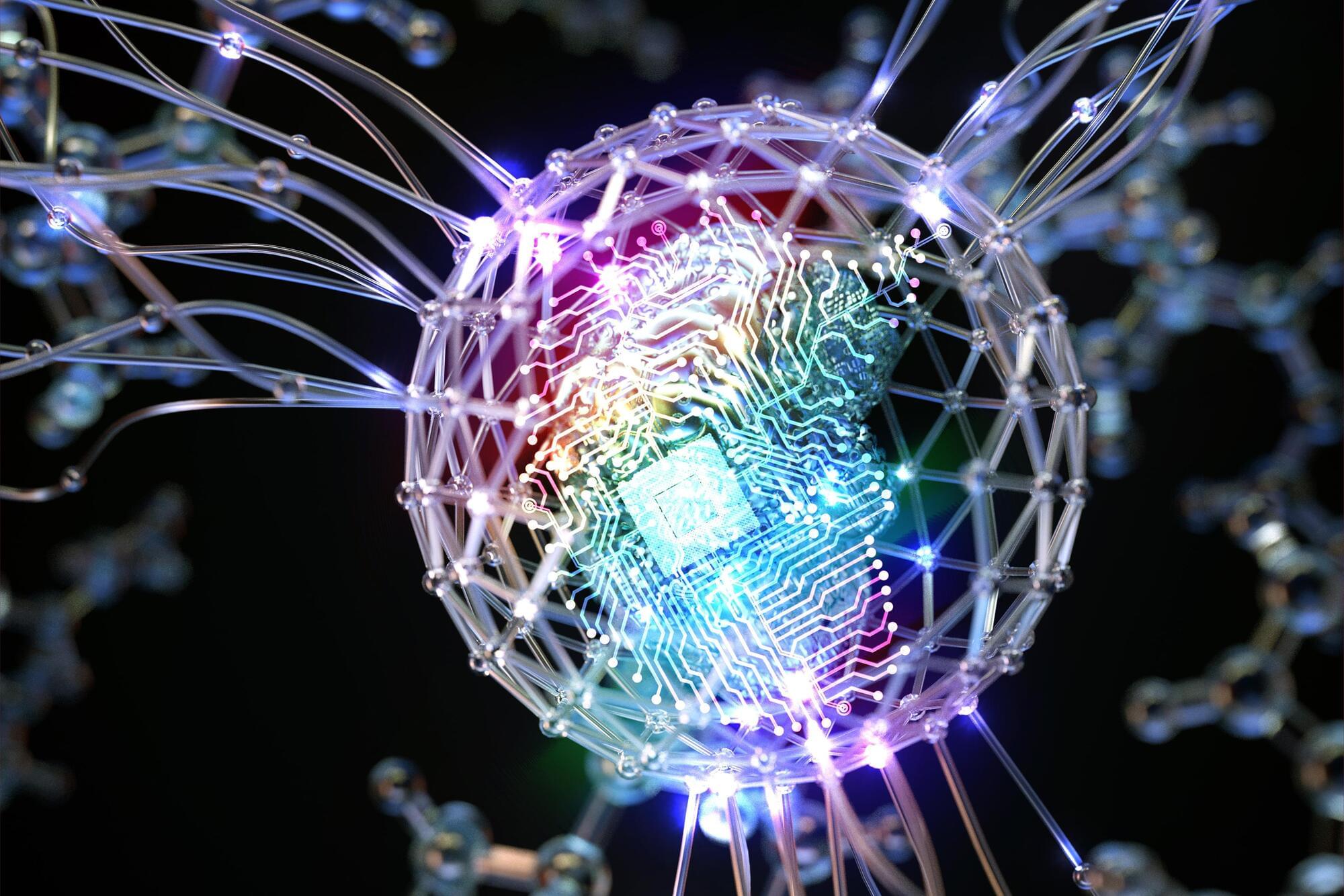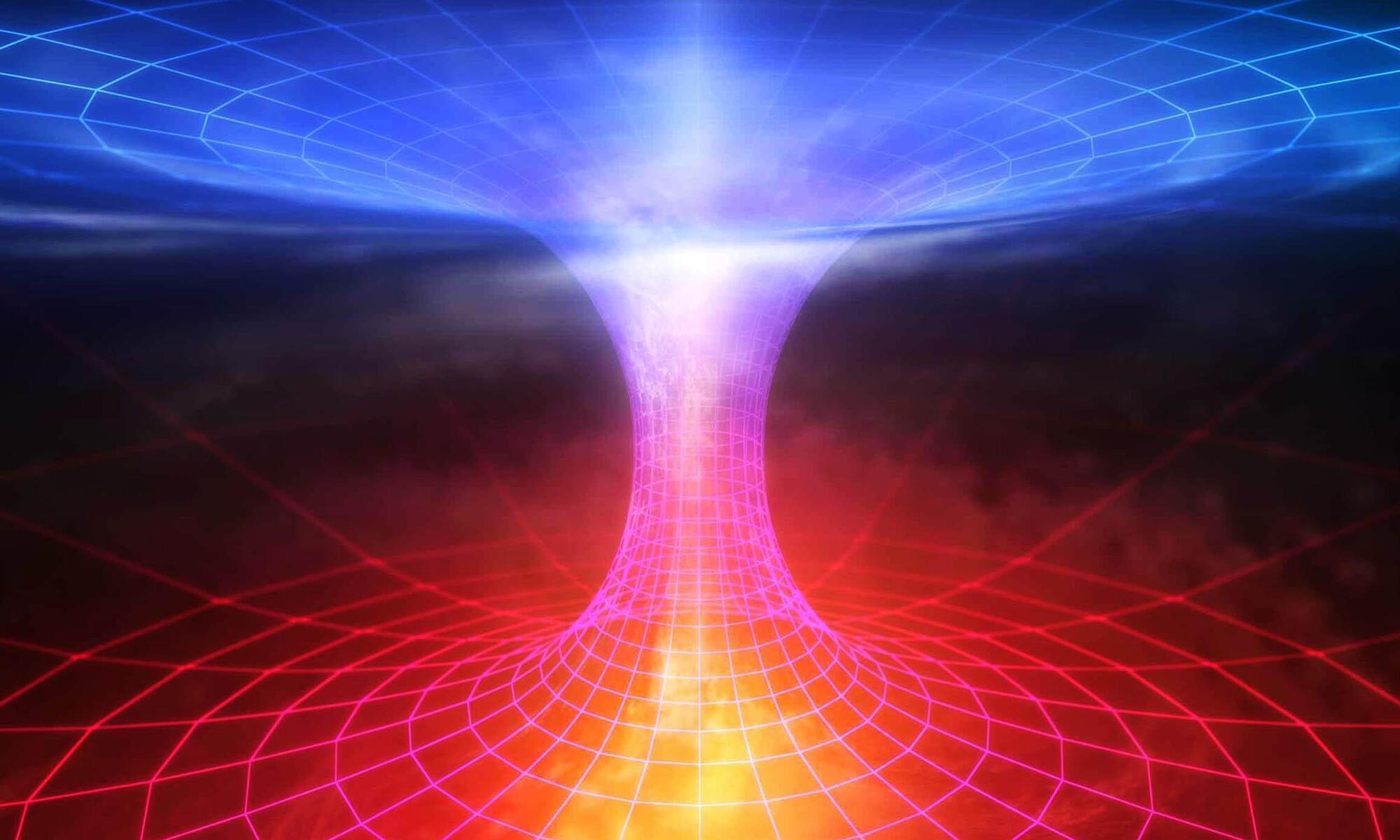Graphene, which is comprised of a single layer of carbon atoms arranged in a hexagonal lattice, is a widely used material known for its advantageous electrical and mechanical properties. When graphene is stacked in a so-called rhombohedral (i.e., ABC) pattern, new electronic features are known to emerge, including a tunable band structure and a non-trivial topology.
Due to these emerging properties, electrons in rhombohedral graphene can behave as if they are being influenced by “hidden” magnetic fields, even if no magnetic field is applied to them. While this interesting effect is well-documented, closely studying how electrons organize themselves in the material, with their spins and valley states pointing in different directions, has so far proved challenging.
Researchers at Weizmann Institute of Science recently set out to further examine the local magnetization textures in rhombohedral graphene, using a nanoscale superconducting quantum interference device (nano-SQUID). Their paper, published in Nature Physics, offers new insight into the physical processes governing the correlated states previously observed in the material.
